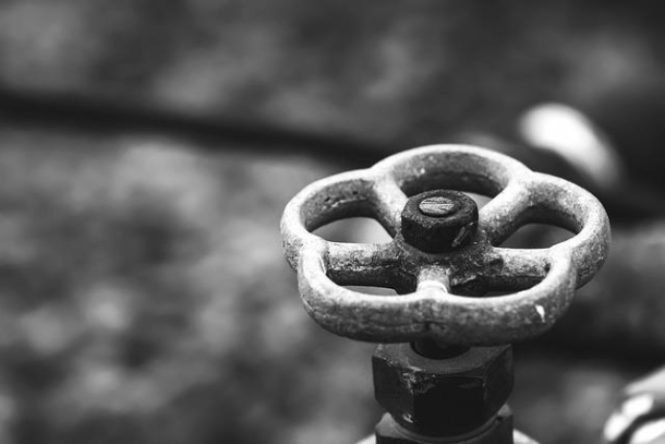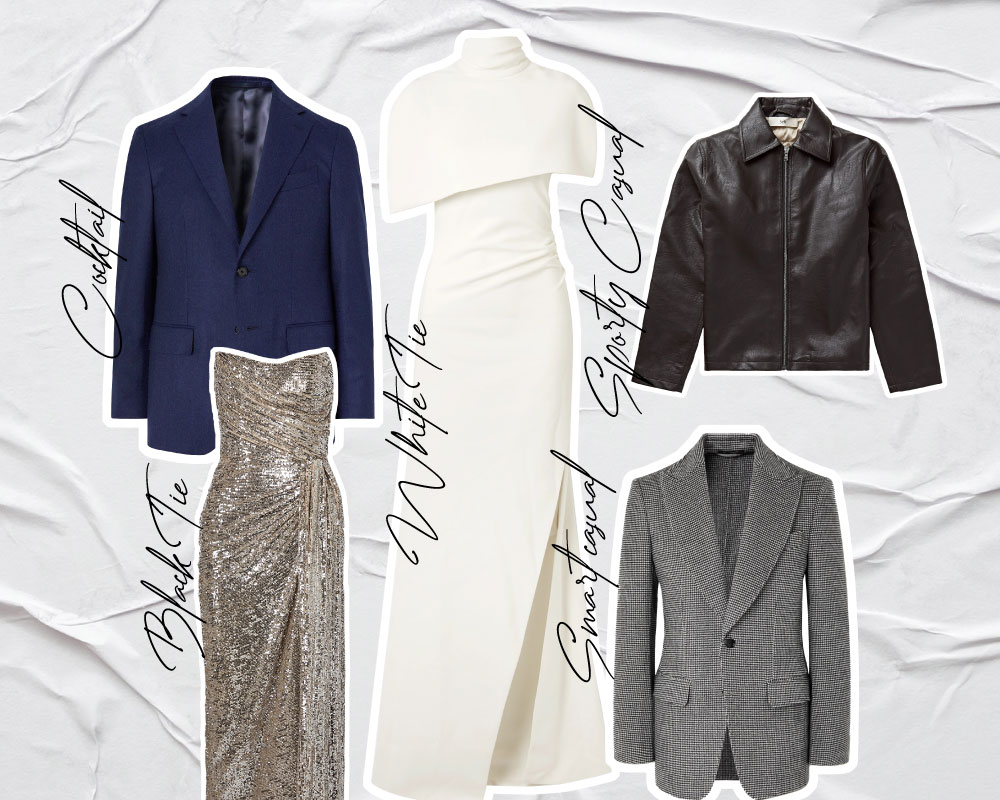

Dress Codes Restaurant Attire: Navigating the Subtle Art of Dining Elegance. From casual cafes to fine dining establishments, the expectations for attire vary greatly. Understanding these unwritten rules can significantly enhance your dining experience, ensuring you feel comfortable and respected while enjoying your meal. This comprehensive guide will delve into the nuances of restaurant dress codes, breaking down the requirements for various settings and helping you make informed decisions about what to wear. We’ll explore the reasons behind different dress codes and provide practical examples and advice for choosing the right attire for your next dining adventure. This article outlines the diverse aspects of dining attire and clarifies how to navigate different levels of formality, ensuring a seamless and enjoyable dining experience.
Understanding the Importance of Restaurant Dress Codes
Defining the Scope of Attire Expectations
Restaurant dress codes, though often unspoken, play a vital role in setting the tone and atmosphere of a dining establishment. These expectations, ranging from business casual to formal wear, shape the overall experience for diners and staff alike. Dining etiquette dictates that dress appropriateness is tied to the ambiance, allowing everyone to feel comfortable and respected. Restaurants often maintain these guidelines to maintain a harmonious atmosphere conducive to polite interaction. From the upscale elegance of a fine-dining restaurant to the casual comfort of a family-friendly eatery, the dress code conveys a distinct message, establishing expectations for both visitors and staff. A clearly defined dress code promotes inclusivity and understanding within the dining environment. When everyone feels comfortable in the established attire, the ambiance is often more enjoyable.
Examining the Reasons Behind Dress Codes
Restaurants maintain dress codes for numerous reasons. Most prominently, the atmosphere is important to establish a desired aesthetic. Imagine a trendy, modern cafe with a strict ‘casual’ dress code. This code reflects the establishment’s image and target audience. Alternatively, an upscale steakhouse might require business casual or formal attire to create an environment where sophistication is encouraged. The dress code also reflects the formality or elegance that the restaurant wants to convey. Ultimately, a well-defined dress code supports the restaurant’s overall brand image and reinforces the ambiance it aims to create. Moreover, it helps to ensure a more harmonious and respectful dining experience for everyone involved.
Differentiating Formal Dining from Casual Dining
Recognizing the Different Levels of Formality
Dining etiquette varies considerably across different restaurant types. A formal setting, such as a fine-dining restaurant or a gala dinner, typically calls for formal attire. This often includes suits and dresses. In contrast, a casual environment, such as a casual eatery or a fast-food restaurant, usually dictates a more relaxed and casual style, from jeans and t-shirts to comfortable dress pants. Consider the specific restaurant and its target demographic; this will guide you to the correct attire. Recognizing the difference is important to ensure a pleasant and respectful dining experience. Knowing the desired vibe is crucial for achieving a harmonious dining experience.
Navigating the Spectrum of Dress Codes
Deciphering the Nuances of Formal Dress Codes
Formal dress codes usually signify an atmosphere of sophistication and elegance. Fine dining restaurants often require more formal attire from their guests, often recommending suits and elegant dresses. Business attire is also typically acceptable in upscale settings. Choosing the correct attire involves carefully considering the formality of the event. These codes are often established to maintain a particular ambiance, reflecting the overall atmosphere or aesthetic.
Choosing the Appropriate Attire for Casual Dining Settings
Casual dining settings present a much more relaxed approach to dress codes. From relaxed shirts to dress pants or jeans, the appropriate attire for these establishments often reflects a more relaxed vibe. Jeans, a comfortable pair of dress pants, or other comfortable attire often reflects the relaxed atmosphere. The goal is comfort, and this attire choice is often a way for guests to relax and feel comfortable while enjoying their meal. Be sure to consider the ambiance when making your attire choice.
Dress Code Considerations for Specific Occasions
Attending Special Events or Holidays
Consider the occasion when selecting your attire. For special occasions or holidays, like birthday dinners or holidays, dress codes might be more flexible depending on the specific restaurant, but it is crucial to remember the ambiance they are trying to create. You will often find restaurant websites that include detailed dress code information. Checking beforehand will prevent any awkward situations. Restaurants may offer specific dress codes related to specific events and festivities.
Navigating Dress Codes in Different Cultures
Understanding cultural nuances is crucial when dining in diverse settings. Some cultures emphasize particular attire standards for dining. Knowing the cultural etiquette of the region can enhance your dining experience. In certain cultures, specific clothing is customary for special dining occasions or social events. Researching local customs or consulting with locals can provide valuable insights. This ensures an appropriate and respectful approach when visiting different areas.
Practical Tips for Choosing the Right Attire
Consulting Restaurant Reviews and Websites
The best way to make sure you are making the right choice when selecting your attire is to research the restaurant beforehand. Look for reviews and their websites to gather insight into the dress code. This practice will ensure that you are prepared for the expected level of attire. This research often reveals insights into the dress code policies of establishments.
Seeking Advice from Locals or Staff
Checking with staff members or locals can provide a valuable perspective. They might provide specific insights into the average attire for specific dining venues. Before your meal, a simple inquiry can prevent a perceived faux pas. Local insight can often improve your understanding of appropriate restaurant attire.
Q: How can I prepare for different dining situations?
A: Preparing for various dining situations requires careful consideration of the restaurant’s atmosphere and the occasion. For formal occasions, consider attire options that project elegance and respect. For casual restaurants, comfort and appropriateness are key. Looking into the restaurant beforehand will reveal the expected attire.
Q: Are there any universal rules for acceptable dining attire?
A: Generally speaking, a clean and appropriate outfit is usually sufficient. Avoiding overly revealing clothing or anything too casual is often a good guideline to ensure comfort for everyone. The most important aspect is to show respect for the specific restaurant and its style.
Q: How can I ensure I’m appropriately dressed for different restaurant types?
A: Understanding the different types of restaurants is crucial. Formal restaurants often require more elaborate attire compared to casual eateries. This is important to consider for a comfortable experience.
Q: What are the benefits of adhering to dress codes?
A: Adhering to dress codes promotes a sense of respect for the restaurant’s atmosphere and its other patrons. A respectful dining experience is crucial for a well-rounded experience for everyone. Dress codes also help create a welcoming and conducive environment for all who dine there. This often helps create a pleasant and professional environment for everyone involved, setting the stage for a great dining experience for everyone present.
Frequently Asked Questions
Q: What if I’m unsure about the dress code of a restaurant?
A: If you’re unsure about the dress code for a restaurant, checking online reviews or the restaurant’s website is always a good first step. If you still have doubts, consider calling the restaurant and inquiring about their dress code policy, or asking a local for advice. Doing a little extra research can save you from any potential embarrassment or ensure you’re comfortable in the environment.
In conclusion, understanding restaurant dress codes is crucial for a positive dining experience for both patrons and staff. By adhering to these guidelines, everyone can enjoy a comfortable and respectful atmosphere. Remember to check the specific restaurant’s dress code policy before your visit, or better yet, browse online reviews for insights. By understanding these etiquette rules, you’ll be well-prepared and ready for any dining occasion. Planning ahead can make a difference! So, next time you are out for a meal, be informed and enjoy the experience.